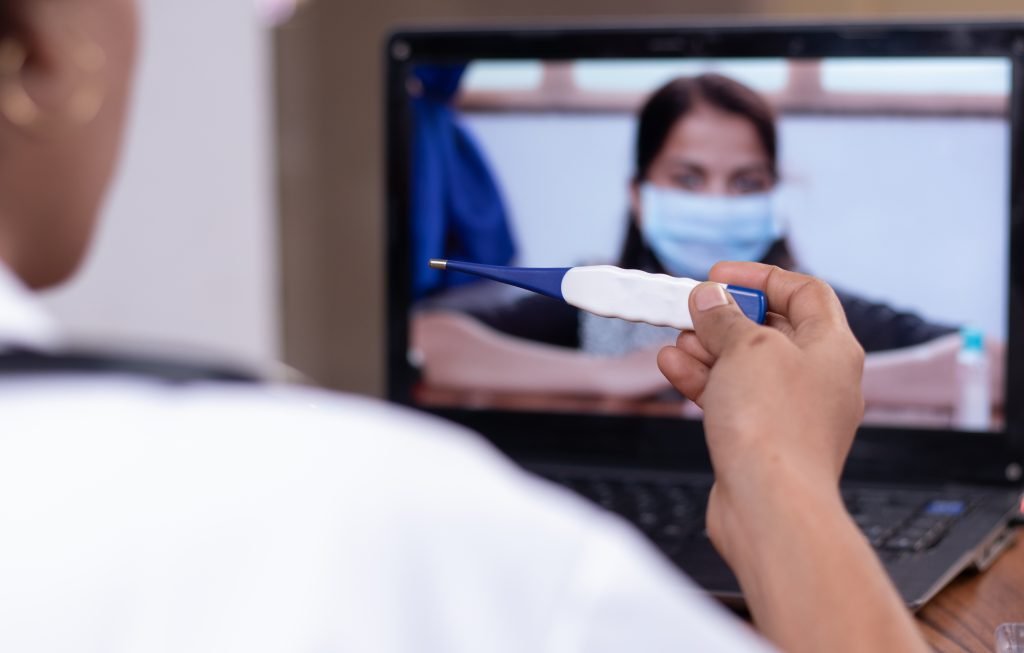89.1% of the health care professionals want to learn more using interactive video. What are their reasons? How can hihaho improve the quality of health care? Our new partner in health care, Profportaal Zorg (PPZ), explains.
PPZ and hihaho did a survey in 2019 among six hospitals in the Netherlands about interactive video. Some members also participated in creating interactive videos themselves. Of the 129 respondents, 89.1% said they wanted to keep using interactive video for learning, 10.2% said ‘Maybe’ and only 0.8 said ‘No’.
After this positive result, PPZ has now decided to get a hihaho license to give all their members access to hihaho. With this interactive video portal, they can give video learning a boost. Bianca van de Pol, managing director of PPZ, says: “Now, healthcare professionals can easily share videos and therefore also share their knowledge and skills.” PPZ is an organization aiming to stimulate quality and growth in health care.
How to use interactive video in health care
So how can interactive video exactly improve learning in health care? For instance, health professionals of the six participating hospitals created a video about the importance of hand hygiene. They’ve also developed an instructional video about Lumify, which is a machine to create echoes. Furthermore, they’ve instructed their viewers to perform a heel prick and explained how to use a new IT system. Below, you can see a video about how to seperate waste in the hospital, which might give you a better idea.
As you can see in this video, the viewers have to think about the correct answer. This helps them to remember the information in the video. Of course, there are many more possibilities. Hotspots, for instance, can help explain certain parts of a machine or of the human body. And a menu makes it possible for the viewer to go to a certain part of the video.
Opinions about video learning
81.3% of the survey respondents stated that interactions improve learning. Most of the positive reactions said about interactive video:
– Stimulates active thinking, becoming involved with the content.
– Clarifies, more clearly than written content.
– Easier to remember the information.
– Seeing how to apply the information in the workplace.
The 18.8% whose answers were less positive, said they were already familiar with the information in the video, didn’t recognize the interactions, or felt that the flow of the video was interrupted.
Impact on learning
PPZ would like to use interactive video for all kinds of purposes: Clinical video classes, scenario-based communication training and risky procedures, and even serious video games. PPZ: “Thanks to the interactive layers, learning becomes a powerful learning experience.”
Follow us on LinkedIn and learn more about interactive video and how to succesfully use it






